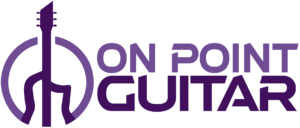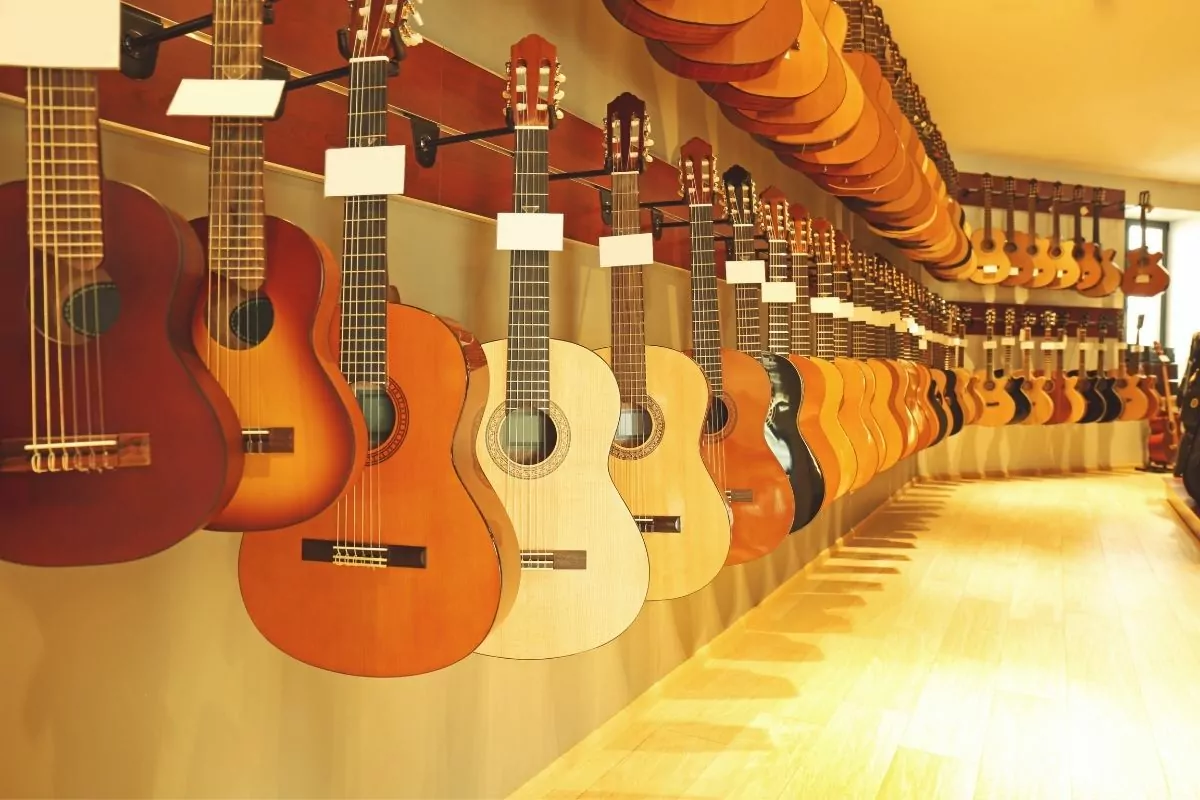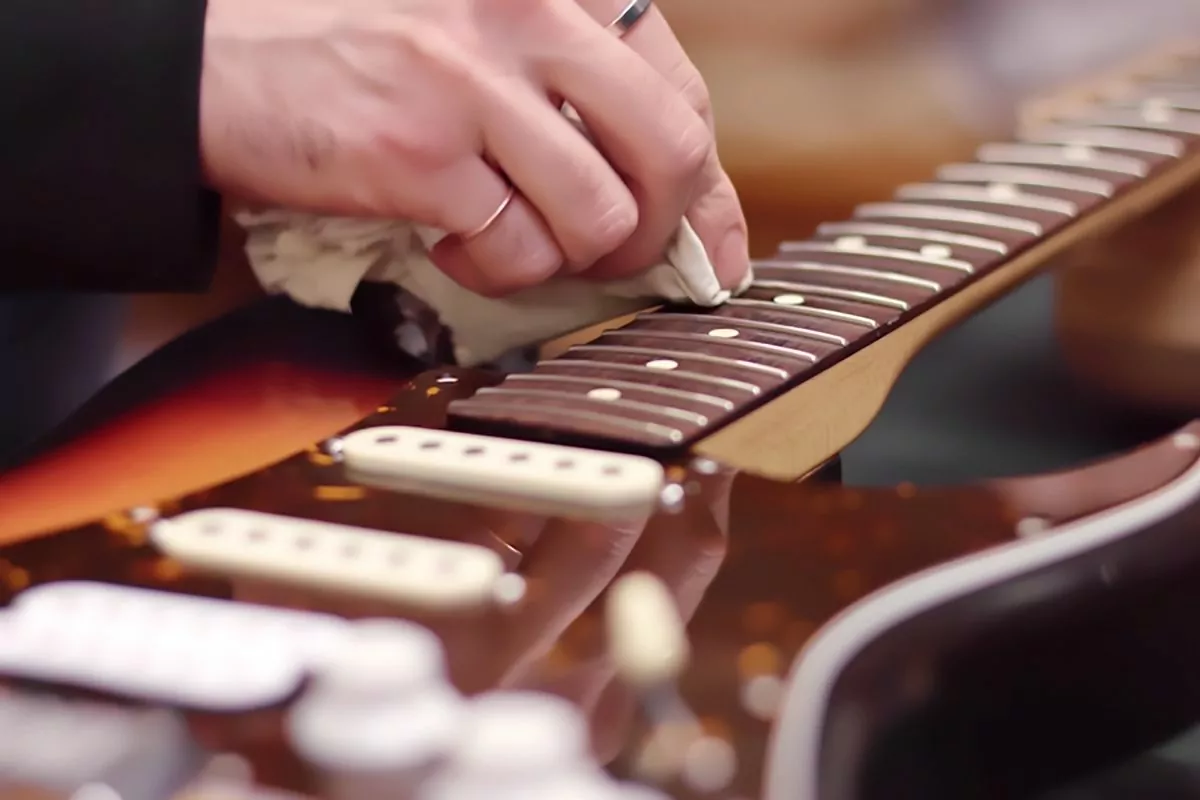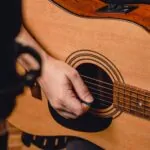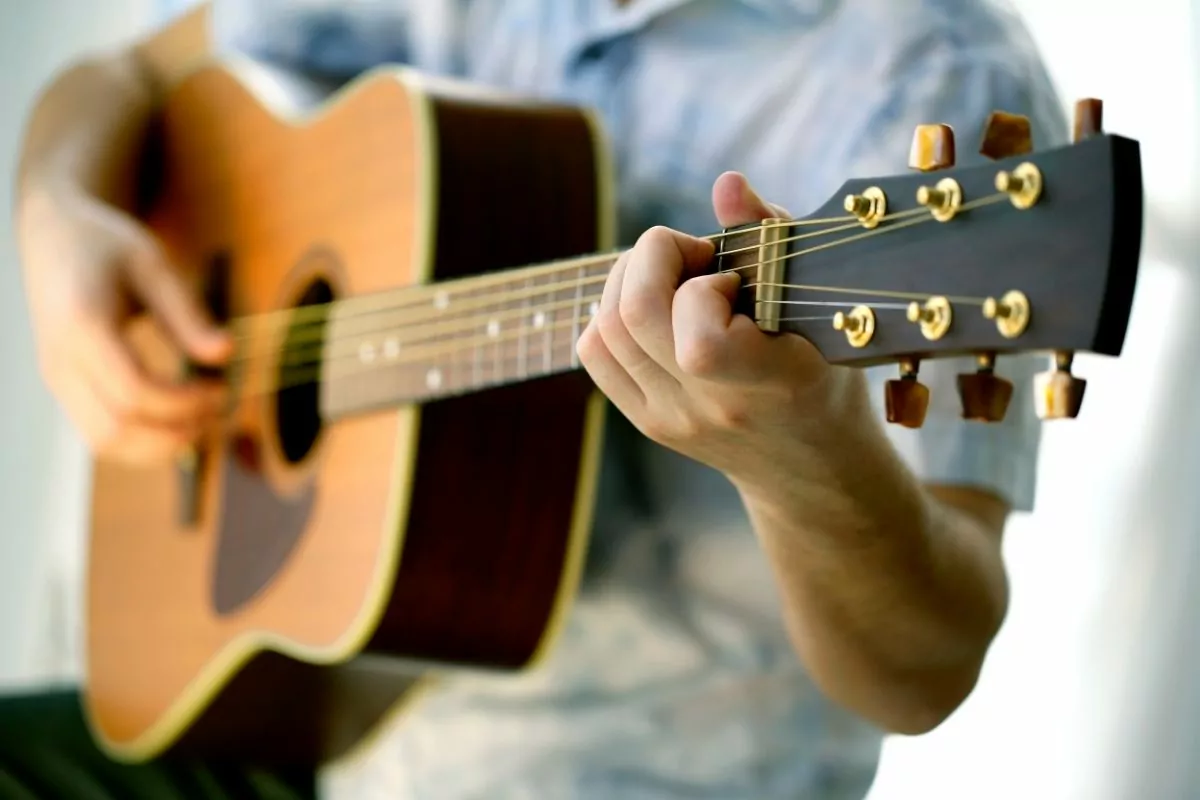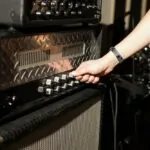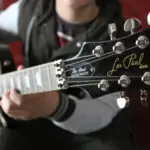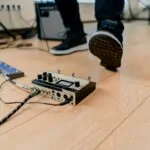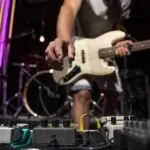I understand the importance of having a great guitar sound. One of the key elements of achieving that perfect sound is through equalization, or EQ. EQ is a tool that allows you to adjust the frequencies of your guitar sound, helping you to shape and refine your tone to your liking.
In this article, I will share with you some tips and techniques on how to EQ your electric guitar to get the best possible sound.
Understanding EQ and electric guitar is crucial to achieving a great guitar sound. EQ is a tool that allows you to adjust the frequencies of your guitar sound, helping you to shape and refine your tone to your liking.
Electric guitar, on the other hand, is an instrument that produces sound through the use of pickups, which convert the vibrations of the guitar strings into an electrical signal that is then sent to an amplifier. By understanding how EQ works and how electric guitar produces sound, you can start to make informed decisions about how to EQ your guitar.
Fundamentals of EQ settings are also important to consider when EQing your electric guitar. These include things like adjusting the gain, volume, and tone controls on your guitar, as well as using different types of EQ filters to shape your sound.
By understanding these basic settings and how they affect your guitar sound, you can start to experiment with different EQ settings to find the perfect tone for your playing style.
Check out these other posts:
Key Takeaways on How to EQ Electric Guitar
- EQ is a tool that allows you to adjust the frequencies of your guitar sound.
- Understanding EQ and electric guitar is crucial to achieving a great guitar sound.
- Fundamentals of EQ settings are important to consider when EQing your electric guitar.
Don’t miss out on these other top picks for optimal guitar sound:
Understanding EQ and Electric Guitar
As a guitarist, I know that shaping the sound of an electric guitar is a crucial part of creating a great mix. EQ, or equalization, is a powerful tool that allows me to boost or cut specific frequencies in my guitar signal to achieve the desired sound.
The Role of EQ in Shaping Guitar Sound
EQ plays a vital role in shaping the sound of an electric guitar. It allows me to tailor the frequency response of my guitar signal to complement other instruments in the mix. For example, I can use EQ to cut out unwanted frequencies that may be masking the vocals or drums, or boost frequencies that add richness and warmth to the guitar sound.
Frequency Spectrum of Electric Guitar
The frequency range of an electric guitar is typically between 80 Hz and 5 kHz. The low end of the frequency spectrum is where the bass frequencies reside, while the high end is where the treble frequencies reside. The mid-range is where the body and presence of the guitar sound reside.
When EQing an electric guitar, I pay close attention to the frequency range of each note I play. Boosting or cutting specific frequencies can dramatically affect the overall sound of the guitar.
For example, boosting the mid-range frequencies can add warmth and body to the guitar sound, while cutting the high frequencies can reduce harshness and sibilance.
Fundamentals of EQ Settings
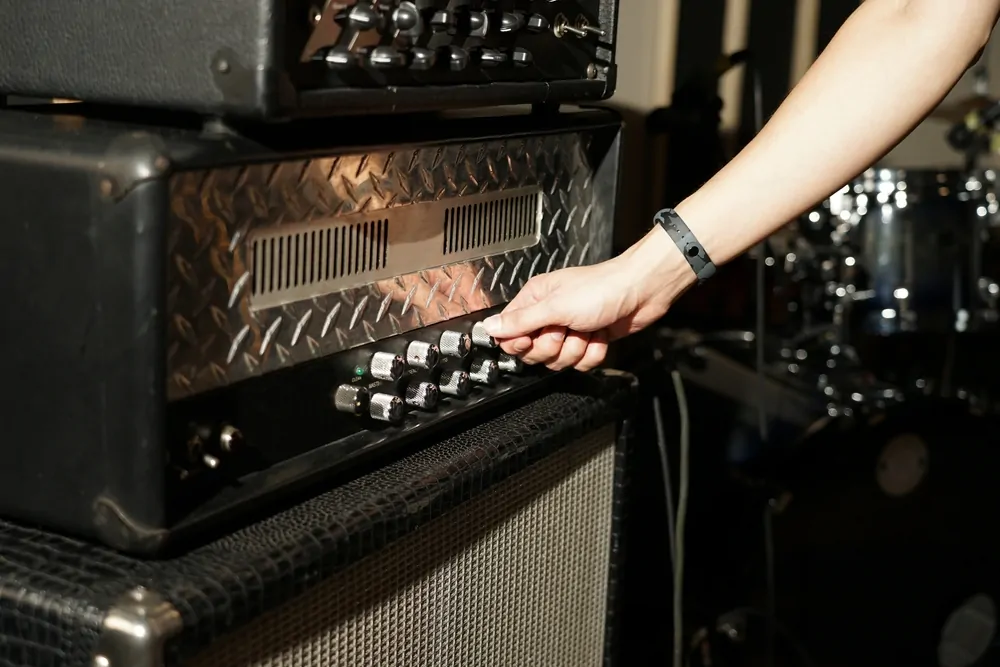
EQ, or equalization, is a crucial tool in shaping the tone of your electric guitar. In this section, I will cover the fundamentals of EQ settings to help you get started on your journey to perfecting your guitar tone.
Starting Points for EQing Electric Guitar
Before diving into EQ settings, it’s important to have a starting point. A general rule of thumb is to start with a flat EQ and adjust from there. This means setting all the EQ knobs or sliders to the middle/zero position. From there, you can make adjustments based on the sound you are trying to achieve.
Another starting point is using an EQ cheat sheet. This can be a helpful tool for beginners who are not yet familiar with EQ settings. A cheat sheet provides suggested EQ settings for different genres of music and can help you achieve a good starting point for your guitar tone.
Parametric EQ Versus Graphic EQ
There are two main types of EQ: parametric EQ and graphic EQ. A graphic EQ consists of a fixed set of frequency bands with individual sliders to adjust the levels of each band. A parametric EQ, on the other hand, allows you to adjust the center frequency, bandwidth, and level of each band.
A parametric EQ is more flexible and precise than a graphic EQ, making it a better choice for fine-tuning your guitar tone. However, a graphic EQ can be easier to use for beginners since it provides a set of fixed frequency bands to work with.
Filters
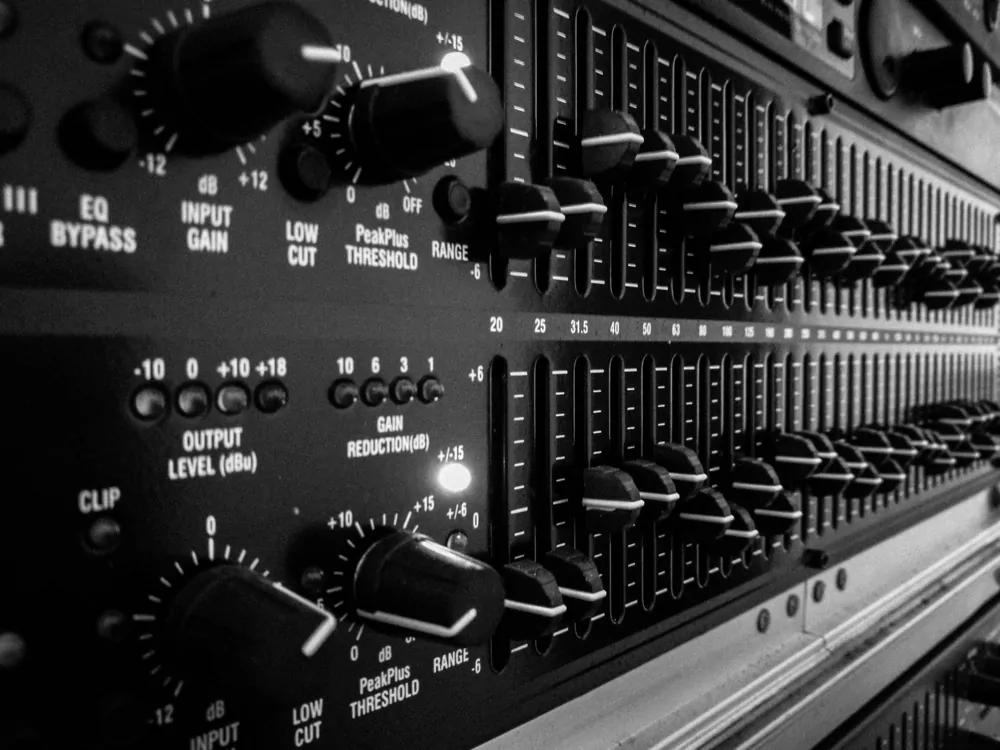
Filters are another important aspect of EQ settings. A low-pass filter allows frequencies below a certain cutoff point to pass through, while blocking higher frequencies. A high-pass filter does the opposite, allowing higher frequencies to pass through while blocking lower frequencies.
Using filters can help you eliminate unwanted frequencies in your guitar tone. For example, a high-pass filter can be used to remove unwanted low-end rumble, while a low-pass filter can be used to remove harsh high-end frequencies.
Understanding the fundamentals of EQ settings is essential for achieving the perfect tone for your electric guitar. Starting with a flat EQ and using an EQ cheat sheet can be helpful for beginners.
Choosing between a parametric EQ and graphic EQ depends on your level of experience and preference. Lastly, using filters can help you eliminate unwanted frequencies and fine-tune your guitar tone.
Tackling Common EQ Challenges
I have faced many common EQ challenges while trying to get the perfect sound out of my electric guitar. Here are a few tips and tricks that I have learned over the years to tackle some of the most common EQ challenges.
Dealing With Muddiness and Harshness
One of the most common EQ challenges that guitar players face is dealing with muddiness and harshness in their sound. Muddiness can occur when the low-end frequencies are too dominant, while harshness can occur when the high-end frequencies are too dominant.
To tackle muddiness, I usually cut the low-end frequencies using a high-pass filter. This helps to remove any unnecessary rumble and noise below 80Hz, making room for the kick and bass.
On the other hand, to tackle harshness, I cut the high-end frequencies using a low-pass filter. This helps to remove any unnecessary sizzle and hiss above 8kHz, making the sound smoother and more natural.
Enhancing Clarity and Presence
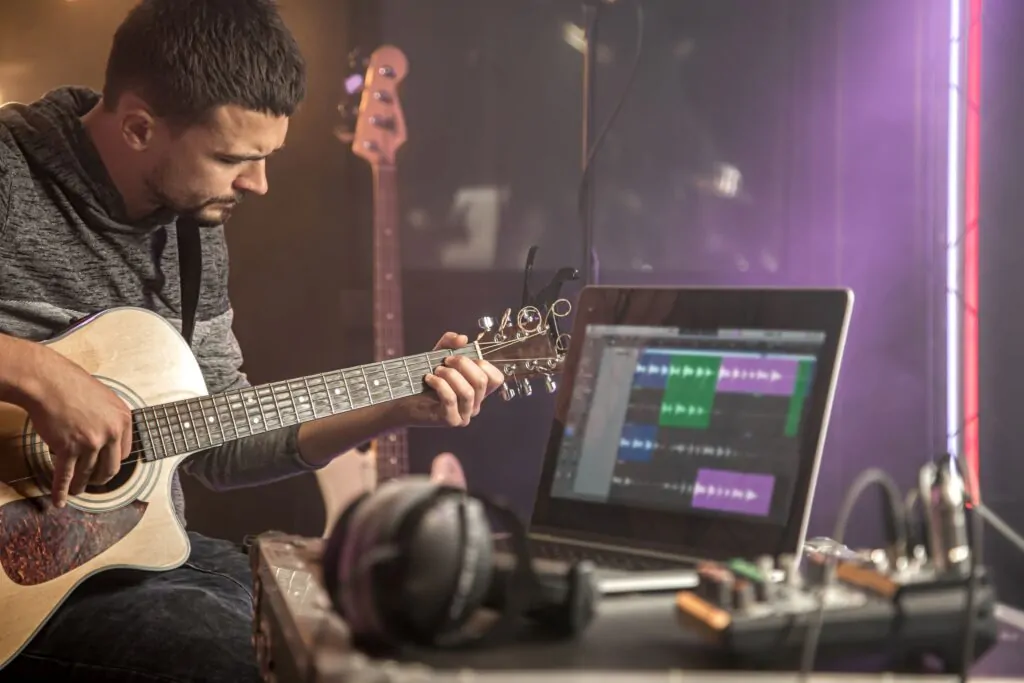
Another common EQ challenge that guitar players face is enhancing clarity and presence in their sound. Clarity can be improved by boosting the mid-range frequencies, while presence can be improved by boosting the high-end frequencies.
To enhance clarity, I usually boost the mid-range frequencies using a parametric EQ. I start by sweeping the mid-range frequencies until I find the frequency that sounds the most muddy or boxy.
Then, I cut that frequency by a few dB and boost the frequencies around it by a few dB. This helps to bring out the natural tone of the guitar and make it sound more articulate and defined.
To enhance presence, I usually boost the high-end frequencies using a shelving EQ. I start by boosting the frequencies above 8kHz by a few dB, making sure not to overdo it. This helps to add some sparkle and shimmer to the sound, making it more lively and exciting.
Advanced EQ Techniques for Electric Guitar
While basic EQ techniques can help you get started, advanced EQ techniques can take your guitar tone to the next level. In this section, I will share some advanced EQ techniques for electric guitar that can help you sculpt your tone to perfection.
Sculpting the Low End
The low end is an essential part of any guitar tone, but it can also be a source of rumble and muddiness. To sculpt the low end of your guitar tone, start by using a high-pass filter to remove any unwanted low-frequency content. This will help clean up your tone and make it more focused.
Next, use a low-shelf EQ to boost or cut the low end of your guitar tone. This can help you add weight and depth to your tone or remove any unwanted boominess. Be careful not to overdo it, as too much low end can make your tone muddy and undefined.
Managing Mid Frequencies
The mid frequencies are where the guitar tone really starts to take shape. To manage the mid frequencies, start by using a parametric EQ to sweep through the midrange and find any frequencies that are causing problems.
Once you have identified any problem frequencies, use a narrow-band EQ to cut or boost them as needed.
Low mids are particularly important for electric guitar tone, as they can help add warmth and body to your tone. Use a low-mid EQ to boost or cut the 200-500 Hz range as needed. High mids, on the other hand, can help add definition and clarity to your tone. Use a high-mid EQ to boost or cut the 1-3 kHz range as needed.
Adding Air to Highs

The high frequencies are where you can add air and sparkle to your guitar tone. To add air to your highs, start by using a high-shelf EQ to boost or cut the high end of your guitar tone. This can help you add brightness and clarity to your tone or remove any unwanted harshness.
Harmonics can also add sparkle and definition to your tone. To bring out the harmonics in your guitar tone, use a narrow-band EQ to boost the 2-5 kHz range. This can help you add clarity and presence to your tone.
Integrating Electric Guitar in the Mix
Without a doubt, the electric guitar can be one of the most challenging instruments to integrate into a mix. However, with a few simple techniques, you can achieve a balanced and cohesive mix that highlights the guitar’s unique tonal qualities.
Balancing Guitar with Other Instruments
When mixing electric guitar, it’s important to consider how it will fit in with the other instruments in the mix. The guitar can easily overpower other instruments, such as vocals or drums, if not balanced properly.
One way to achieve balance is to use panning. By panning the guitar tracks to different positions in the stereo field, you can create space for other instruments and prevent the guitar from dominating the mix.
Another technique is to use EQ to carve out space for the guitar in the mix. By cutting frequencies that clash with other instruments, such as the vocals or drums, you can create more room for the guitar to sit comfortably in the mix.
For example, if the vocals are in the midrange, you can cut some of the midrange frequencies on the guitar to prevent it from competing with the vocals.
EQ in Context of the Full Mix
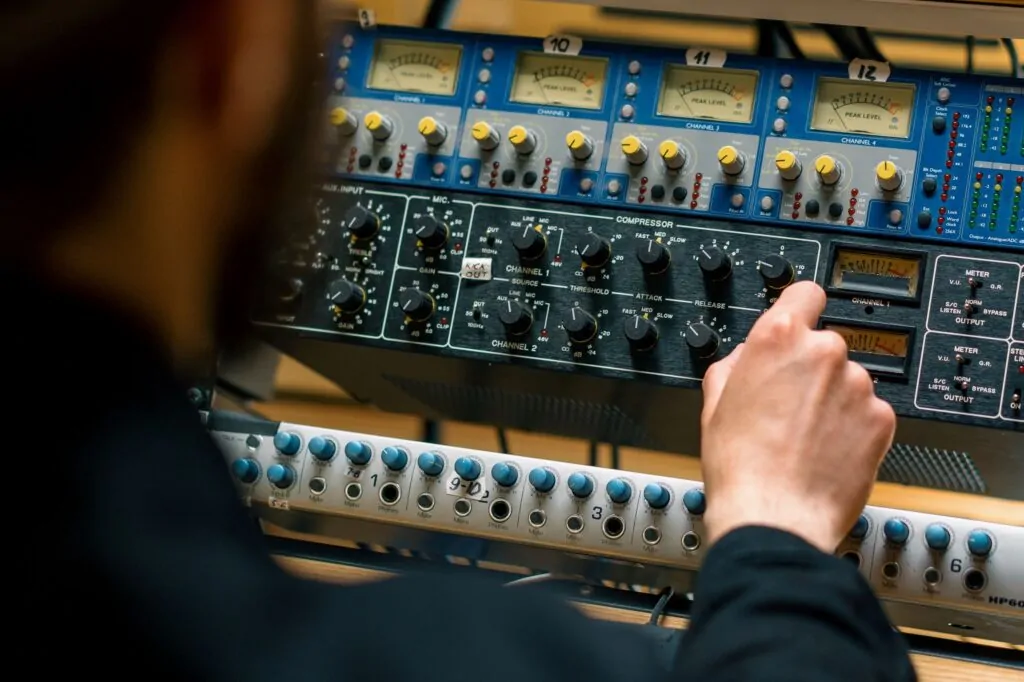
When EQing the electric guitar, it’s essential to consider the full mix. EQing in isolation can lead to a guitar sound that doesn’t fit well with the rest of the mix. One approach is to start by EQing the guitar in the context of the full mix. This means listening to the guitar in relation to the other instruments and adjusting the EQ accordingly.
Another technique is to use reference tracks. By listening to professional mixes in the same genre, you can get a sense of how the guitar should sound in the context of a full mix. This can help guide your EQ decisions and ensure that the guitar fits well with the rest of the instruments.
Integrating electric guitar into a mix can be challenging, but with the right techniques, you can achieve a balanced and cohesive mix that highlights the guitar’s unique tonal qualities. By using panning, EQ, and reference tracks, you can create space for the guitar and ensure that it fits well with the other instruments in the mix.
Frequently Asked Questions
What are the basic EQ settings for a beginner on electric guitar?
As a beginner, you can start with a basic EQ setting that consists of a slight boost in the midrange frequencies, around 800 Hz to 1 kHz, and a slight cut in the low-end frequencies, around 100 Hz. This setting will help to bring out the clarity and definition of your guitar tone.
What techniques are used to EQ electric guitar chords for clarity?
To EQ electric guitar chords for clarity, you can use a technique called “notching.” This involves identifying and cutting out specific frequencies that are causing muddiness or harshness in the chords.
For example, if you notice that the chords sound muddy, you can try cutting the frequencies around 200-300 Hz. If you notice harshness, you can try cutting the frequencies around 2-4 kHz.
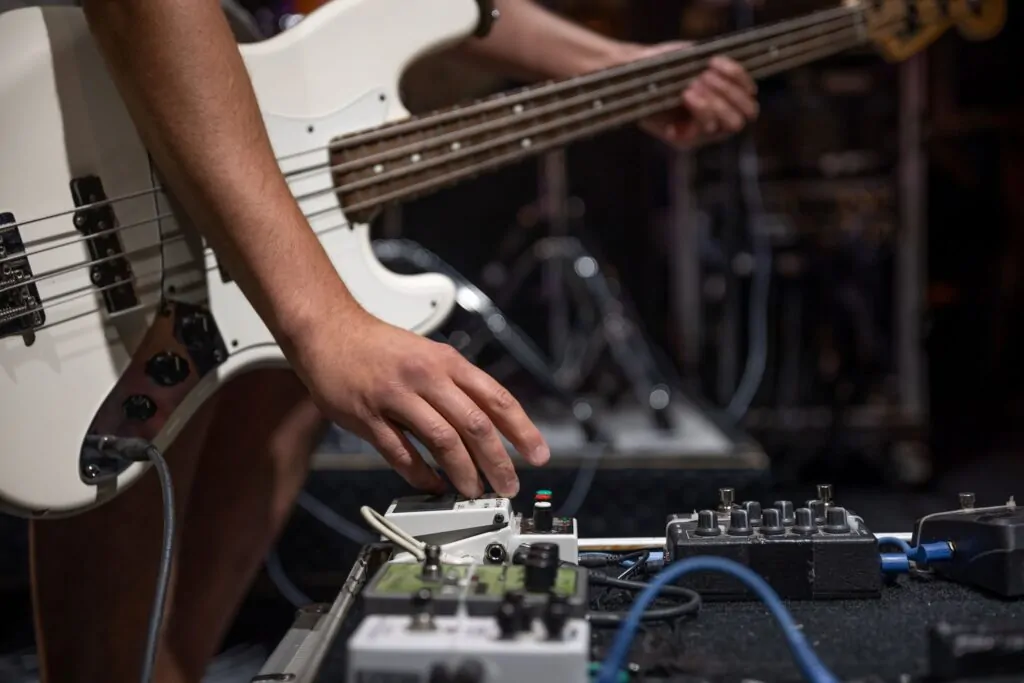
How do you set up EQ for an electric guitar during live performances?
When setting up EQ for an electric guitar during live performances, it’s important to consider the acoustics of the room and the other instruments in the mix. Start with a basic EQ setting, such as the one mentioned earlier, and then make adjustments based on the sound you hear in the room.
It’s also important to communicate with the sound engineer to ensure that the guitar is balanced with the other instruments in the mix.
Can you provide tips for EQing a clean electric guitar tone?
To EQ a clean electric guitar tone, start with a basic EQ setting and then make adjustments based on the sound you want to achieve. For a bright and punchy tone, you can boost the high-end frequencies, around 2-5 kHz.
For a warmer and fuller tone, you can boost the low-end frequencies, around 100-200 Hz. It’s important to listen carefully to the sound and make adjustments based on what you hear.
What are the best practices for achieving the optimal tone on an electric guitar?
To achieve the optimal tone on an electric guitar, it’s important to start with a good quality guitar and amplifier. From there, you can experiment with different EQ settings and techniques to find the sound that works best for you.
It’s also important to practice good playing technique, such as proper finger placement and picking technique, to ensure that the guitar sounds its best.
What methods are effective for boosting electric guitar presence in a mix?
To boost electric guitar presence in a mix, you can try a few different techniques. One is to boost the midrange frequencies, around 800 Hz to 1 kHz, to bring out the clarity and definition of the guitar tone.
Another technique is to use compression to even out the dynamics of the guitar signal. It’s also important to consider the other instruments in the mix and make adjustments to ensure that the guitar is balanced with the rest of the instruments.

My name is Howard Matthews and I have been playing the guitar since I was knee-high. My parents like to joke that I was pulling the strings even before I was born. In fact, one of my earliest memories is sitting on the couch with my dad’s guitar, wreaking havoc on the chords.
Now, 40 years later, I can attest that I play them much better than I did back then. I have followed in the footsteps of both my parents – much to their delight – and have been the main guitarist in my band for the best part of three decades.
Music has always been my passion, and until recently my life has been so consumed with it that I haven’t had a moment to have a breath (and I wouldn’t have it any other way)!
